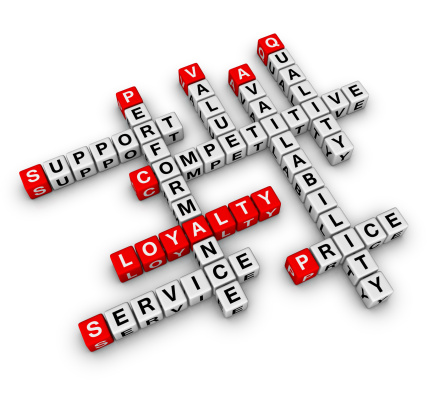Get this right and you have taken the first step towards success in your software product venture, whether on the web or on-premise.
As a corollary, if this is not clear, then no matter how sophisticated your product is, it will always be a struggle.
As many entrepreneurs are aware, the success of a product depends on the product itself, the pricing, the promotion and the physical distribution as defined by the 4 P’s.
Even in this era where pricing is irrelevant given the Free or Freemium business models, one needs to spend money to get signups or visitors and that will be wasted if the target customer profile is not defined properly.
In a software product business, getting the customer profile right is the key even to start because the specifications would depend on the type of customer. The design and the development would follow.
Let me illustrate this with an example.
A friend of mine asked me to help market his POS Retail Software Product that he had already developed. To better understand his product and strategy, I asked him a single question “Who is your customer?” He looked at me as if I was an alien and said “Obviously a retail business!!”
Undeterred by his tone, I asked a follow-up question, “What kind of retail?” and by this time he was convinced that talking to me was useless. Just to humour me, he said “Any kind of retail shop will benefit from my software”. And there started the “Spanish inquisition”.
Me: “So the neighbourhood grocery store as well as big bazaar can use it? A shop selling Bengal sweets as well as Bata? All of them fall under the category of Retail”
And then he saw the point and the implications of lack of clarity on:
The Product itself:
- The scope: The small grocery shop may need at best just the billing and the receivables whereas the chain might want to network it’s branches and would like to know the traffic pattern to have the right number of staff to meet the demand.
- Hardware requirements: A small shop may do with an assembled PC and a strip printer whereas the big ones may want POS Terminals with scanners.
- Security: Just a simple login would suffice for a small shop while elaborate security levels need to be defined for a large outfit with clearly defined responsibilities
The Price:
- The shop owner might be willing to spend a small amount for the PC, printer and the software and he may not give too much credence to the software. You cannot charge him a few lakhs for the software alone.
- In the case of a large chain, the price point must be much higher given the need for metrics, security, deployment at different locations, training, hand-holding etc.
The Promotion
- If it is for the small shops then one case use mailers or approach a set of similar shops in an area to generate interest. One can also use local newspapers to create some awareness.
- To catch the eye of the chains, one must advertise in industry journals, magazines and perhaps take stalls at industry events
Physical Distribution
- For the retail shop, a one-one approach using the salesperson may perhaps work best.
- For the large chains, one has to go with the hardware vendors or system integrators or retail IT consultants (I hope such a specialty exists given the explosion of retail in our country)
I know that this distinction is very simplistic but I have chosen it to give an idea. Having seen the importance of defining the target customer, we will look at some parameters to do it effectively, in the next post


